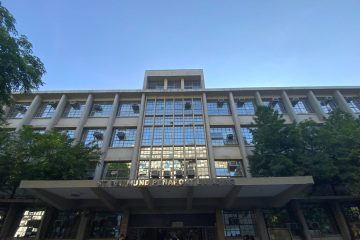
CLAIM: “The recent past and the COVID-19 pandemic has beset the macroeconomic environment with challenges and a series of external shocks. Inflation has accelerated in recent months due largely to significant increases in international prices of oil and other key commodities. Still, the economic growth momentum remains firm as demonstrated by the strong 2022 first quarter GDP growth at 8.3 percent.”
RATING: Needs more context
DETAILS: President Ferdinand “Bongbong” Marcos, Jr. claimed in his first State of the Nation Address that the Philippines’ growth momentum “remains firm,” with the gross domestic product (GDP) growing by 8.3-percent in the first quarter of 2022 despite the impact of the pandemic and the rising inflation.
This claim needs more context.
Data from the Philippines Statistics Authority (PSA) showed that the country’s GDP – the sum total of goods and services produced in an economy in a given period – expanded by 8.3 percent in the first three months of the year. It was a reversal of the 3.9 contraction in the same period last year.
PSA noted that the main contributors to the growth are manufacturing (10.1 percent), wholesale and retail trade, and repair of motor vehicles and motorcycles (7.3 percent); and transportation and storage (26.5 percent).
However, the country also faces external pressures that stem from a high inflation. The government reported that the inflation in March 2022, the endpoint of the first quarter, rose to four percent from the previous month’s three percent. It rose to 6.1 percent in June 2022 with transportation (17.1 percent), and food and non-alcoholic beverages (6.0) as the major driving forces.
Experts have noted that a high inflation may affect enterprises, which generate jobs and economic activity.
Security Bank Corp. Chief Economist Robert Dan Roces told BusinessWorld this month that downside risks “remain to be inflation’s effect to businesses, where the cost of inputs may affect the hiring pace.”
But with the continuous easing of health restrictions in the country, the S&P Global projected that the Philippine economy would continue to grow over the next few years, with its total GDP seen to increase to $810 billion in 2030. F – M. Nabaza and P. Sabado



